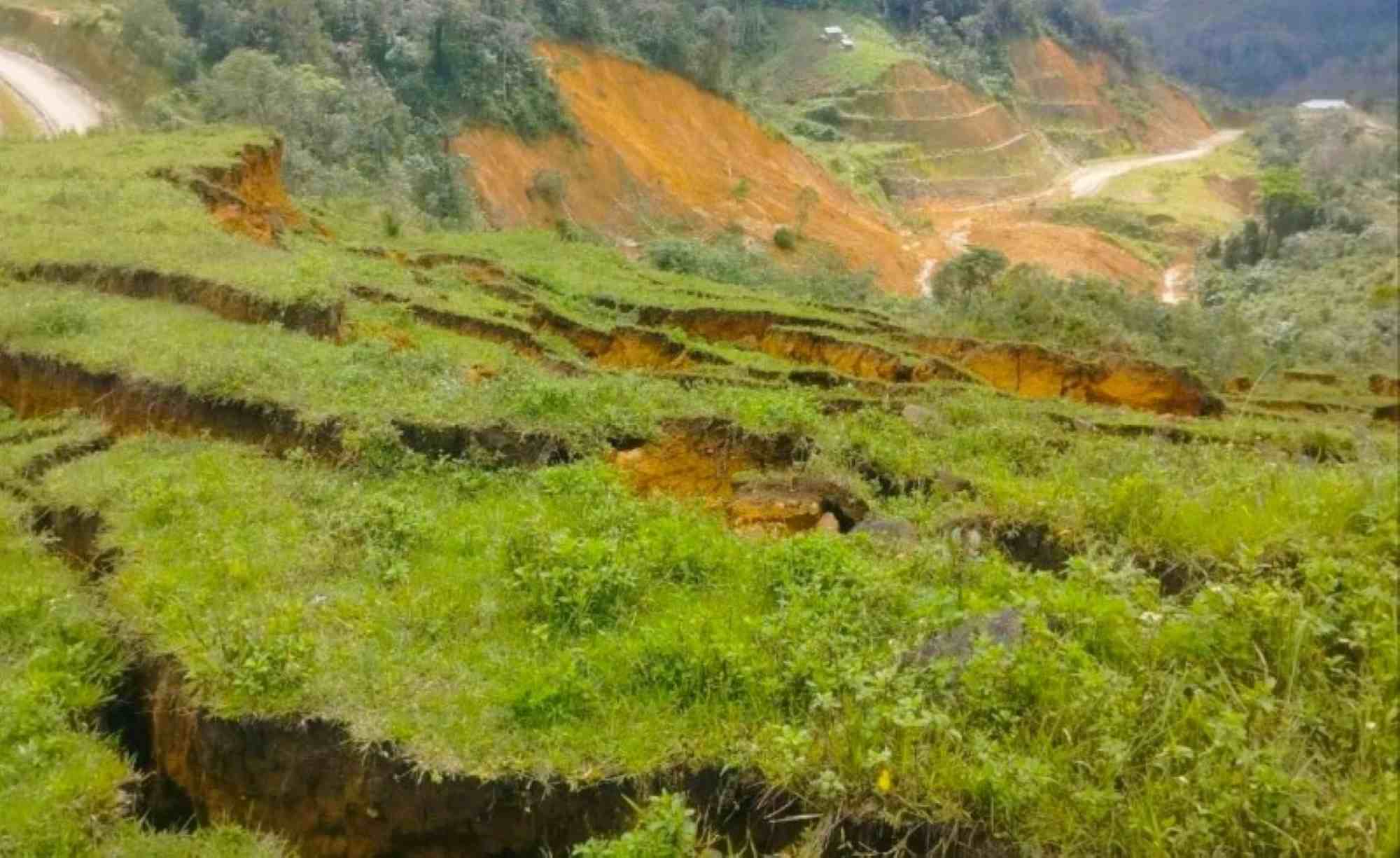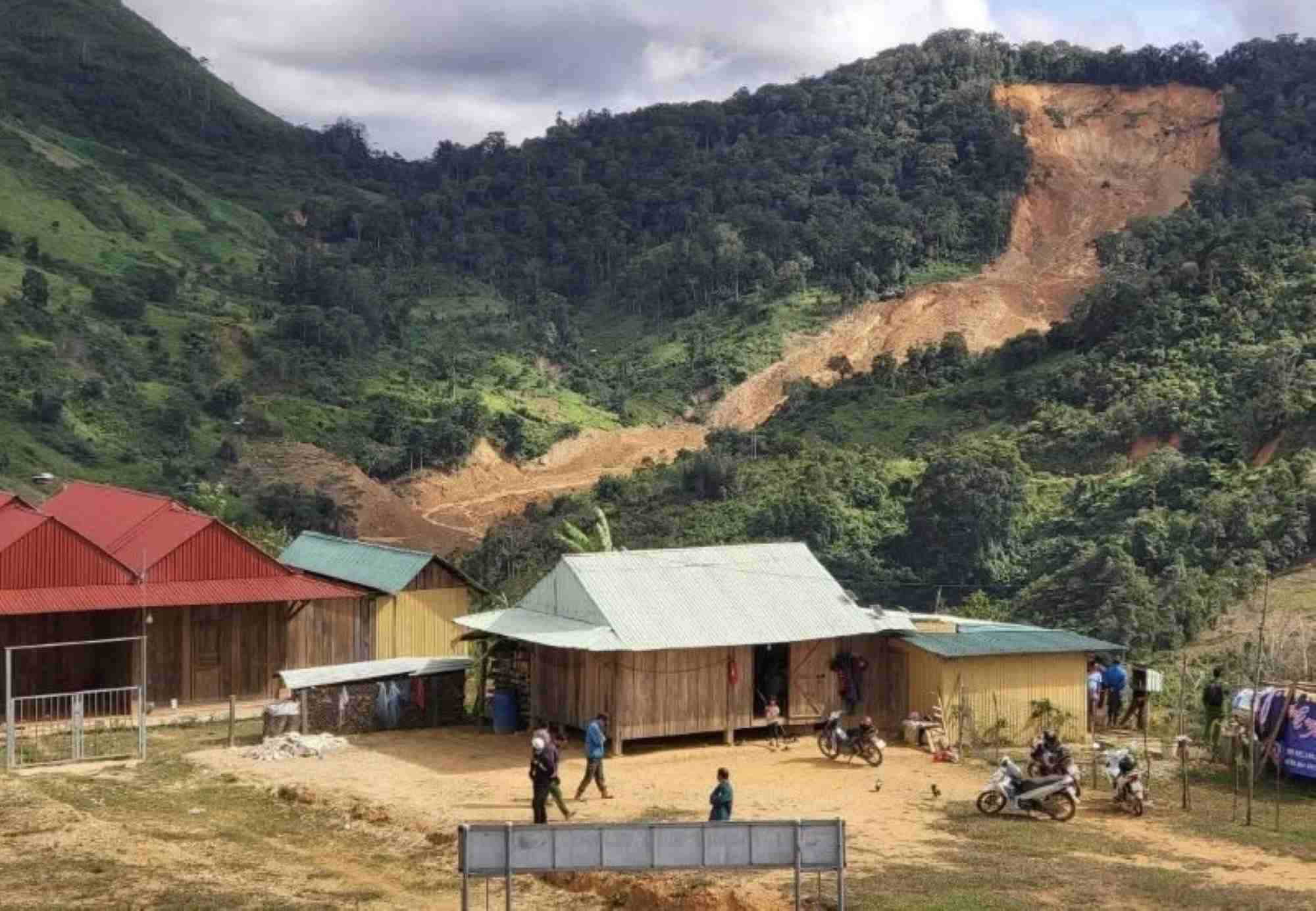On the morning of November 20, the Central Hydrometeorological Agency said that in the past 24 hours, many areas of Da Nang recorded heavy rain, some places very heavy. Some high-level rain gauge stations such as Suoi Da 151.8 mm, Tam Tra 305 mm, Tra Leng 143 mm, Tra Don 124.8 mm, Tien Phong 123.4 mm, Tien Phuoc 74.6 mm... The soil moisture in the whole area has reached nearly 95%, causing the risk of geological insecurity to increase. List of warning points of landslide and subsidence risk extending to 45 points, common in the mountainous areas of Tra My, Phuoc Son, Tay Giang, Nam Giang, Hiep Duc (old Quang Nam)
It is forecasted that in the next 6 hours, rain will continue with a total common amount of 5-20 mm, some places over 40 mm. Although not too large, in addition to the soil and rocks that have been waterlogged for many days, the risk of flash floods on small rivers and streams and landslides on steep slopes continues to be assessed at a high level.
The meteorological agency warns of natural disaster risks due to flash floods, landslides, and land subsidence at level 2. Many communes and wards are included in the list of risk areas, ranging from mountainous to suburban areas. In particular, positive slopes, mountain slopes, residential areas along hills and key traffic routes all need special attention.
In some places, the warned locations have steep terrain, near streams or at the foot of mountains. Many villages and hamlets in highland communes are also located in high-risk areas due to prolonged heavy rainfall. Roads such as DH, DH1, DH2, DH5, DH8, DH10 (mostly in the old Quang Nam area) and some national highway sections passing through mountainous areas are warned to be subject to sudden landslides, causing local disruption.
Authorities recommend that people limit travel through mountainous areas and positive slopes; increase monitoring of announcements from authorities and meteorological stations. For residential areas on the warning list, local authorities need to proactively review and support evacuation when necessary, especially for elderly households, children and schools.
Although the rain is gradually decreasing, the situation of saturated rock and soil and floods are receding slowly, causing a great risk of geological incidents. Closely monitoring developments and proactively responding is an urgent requirement to ensure the safety of the people.














